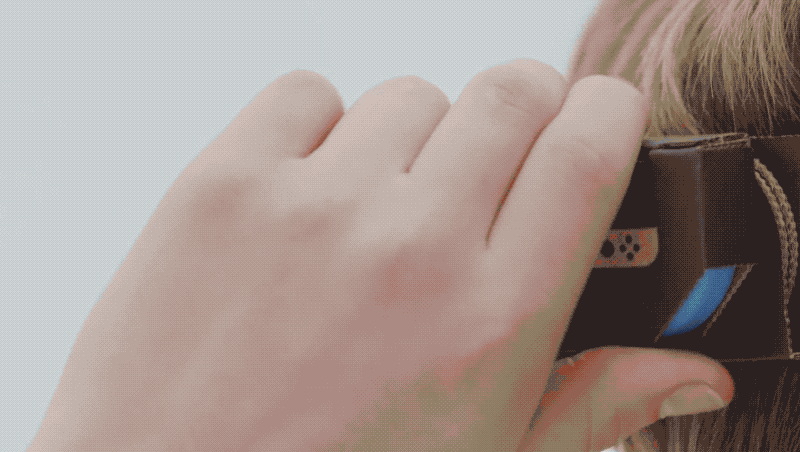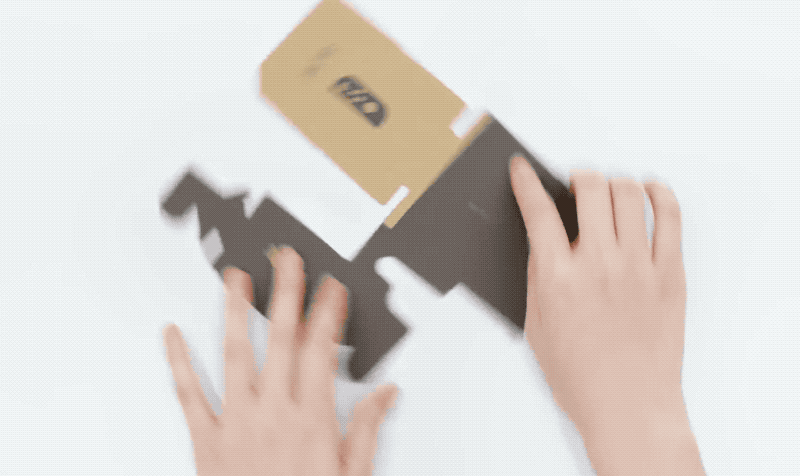Nintendo Labo: Overpriced or innovative?


Weird Nintendo is often the best Nintendo, or so it is said. After all, two of its biggest successes (the Wii and the Switch) are far from ordinary consoles. Now, with a year of huge Switch sales behind it, Nintendo is getting even weirder with Labo -- cardboard accessories that kids can built themselves and use to immerse themselves in a game's world. So far, Nintendo has shown off a mini piano, fishing rod, robot fighting suit, remote-controlled robot walkers ... and what amounts to a cardboard house with your Switch screen built right into the middle. All of these are controlled in some way by the Switch Joy-Cons.
It's incredibly unusual and rather inexpensive (the initial sets start at $70), but it's also the kind of thing that only Nintendo would dream up. Of course, the company's imagination sometimes takes it to places that don't work as well (Wii U, Virtual Boy, the list goes on). Many of Engadget's editors had immediate reactions to Nintendo's Labo, ranging from disgust to extreme excitement -- here are some of the things we've been thinking in the day since Labo was made official.

Daniel Cooper
Senior Editor
As far as genius business decisions go, getting otherwise-sensible adults to spend $80 on a sheet of cardboard (not to mention $10 for a tiny sheet of stickers!) is something else. But I can't begrudge Nintendo, the home of wacky ideas that somehow work, for giving this one a punt, because if anyone can pull it off, it's them. Although, after watching the announcement video, it's not yet clear how shoving a Joy-Con... sorry, Toy-Con, into a cardboard house is a good gameplay mechanic.
I wonder if Nintendo hasn't also put some measure of thought into this as a very basic STEM toy, because it'll demonstrate to kids how to put stuff together. Who knows? After learning how to assemble a toy fishing rod or robot fighting suit out of cardboard and rubber bands, they might get inspired to do more. I have a feeling that putting the stuff together might provide more entertainment than the mini-games themselves.
Ever since Google started using cardboard as a construction material, it seems like semipermanent gadgets are having a renaissance. The idea that the toys will degrade over time will make some wary about investing, but if you can cram 50 hours of fun out of them before they crumple, it'll be worth it. My own kid is a couple of years too young for Labo but I might get one anyway -- for research purposes, naturally.
And, of course, I want an adult-size version of that robot fighting suit, so I'm down to my local supermarket to scavenge some cardboard.


Devindra Hardawar
Senior Editor
Nintendo's Labo debut video made one thing clear: Few companies today can elicit the same amount of childlike wonder as Nintendo. I felt that during the initial Switch reveal, which gave us a game console unlike any we've ever seen. Now with Labo, Nintendo is in many ways making our childhood dreams come true. Or, well, at least, my childhood dreams of constructing robot suits out of cardboard.
More than anything, Labo is a reminder that Nintendo understands the concept of "play" is about more than just throwing beefier hardware into consoles. Just like with the Wii, it's going to deliver experiences we've never seen before. Of course, there are pitfalls: The kits are too expensive, and who knows how durable these products will be. But it still seems like a low risk for Nintendo. If it fails ... well, at least cardboard is cheap.


David Lumb
Contributing Editor
Nintendo's Labo is a weird stretch for the company -- that's undeniable. Most console owners balk at anything other than the high-octane games they're used to playing, and kids are forever skeptical of wholesome uses for their sin machines. But Nintendo is a shrewd peddler of delight, and Labo could be the right mix of tactile construction and unexpected experiences that sneaks some learning in alongside the fun.
That's just taking Nintendo's new system at face value. Its real potential lies in homebrew hacks of the system. Using the Labo kits' software as a basis, folks could theoretically find a way to build their own custom game-and-cardboard packs. Inevitably, someone will 3D-print more durable versions of the cardboard kits Nintendo sells, but there's something awesome about someone paper-printing a design they found on the internet for a cheap one-day project they can hook up to their hacked Switch. Or perhaps if Nintendo continues opening up, it could create a Github-style forum for users to swap their own Labo designs. With Doom on the Switch, anything's possible.


Kris Naudus
Senior Editor, Buyer's Guide
Labo might be Nintendo at its peak Nintendoness. Sure, it's innovative and imaginative and quirky, but what strikes me is how much it makes sense as part of Nintendo's broader history. Yes, the company was a toy manufacturer at one point (and still is, if you consider Amiibo as more than collectibles). But it's also another way for Nintendo to maintain control, in the footsteps of actions like manufacturing all the NES cartridges in the '80s and, more recently, the company's reluctance to put titles on mobile.
Remember how a decade ago toy and game stores were flooded with cheap plastic peripherals for the Wii? It was embarrassing for everyone involved, and there's nothing stopping companies jumping on the Switch bandwagon in the same manner and cheapening Nintendo's latest hit. Except when the company beats them there and does it better and cheaper. Plastic might be cheap, but cardboard completely undercuts it. Parents will also appreciate that once their kids tire of the Labo accessories (and they will), they can just toss it in the recycling bin and buy another kit. Of course, it's all dependent on what Nintendo charges for future sets because those early prices feel a bit steep.


Mat Smith
Bureau Chief, UK
Those cardboard gadgets,
Nintendo priced 'em real high.
I blame Amiibo.

Comments
Post a Comment